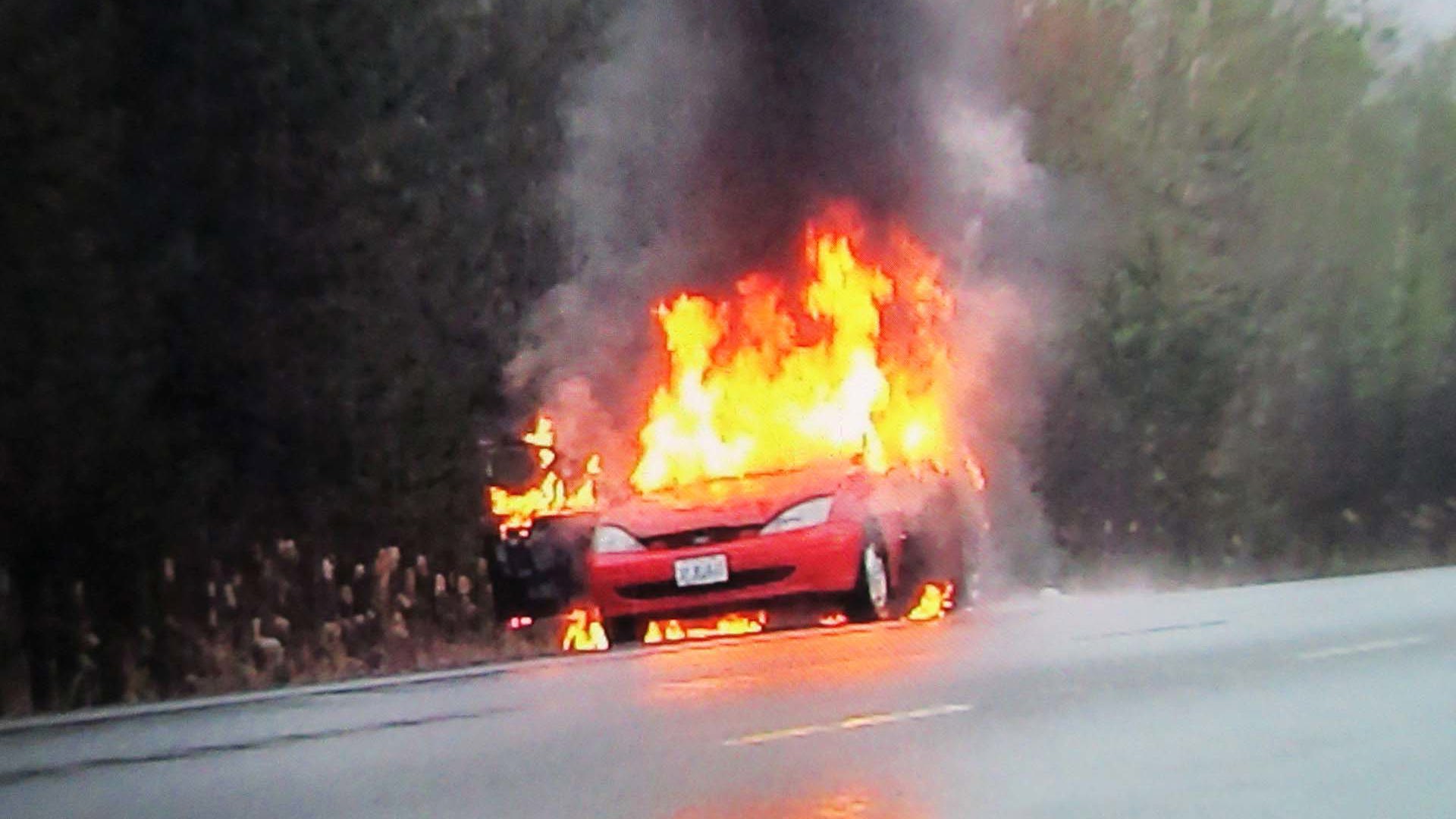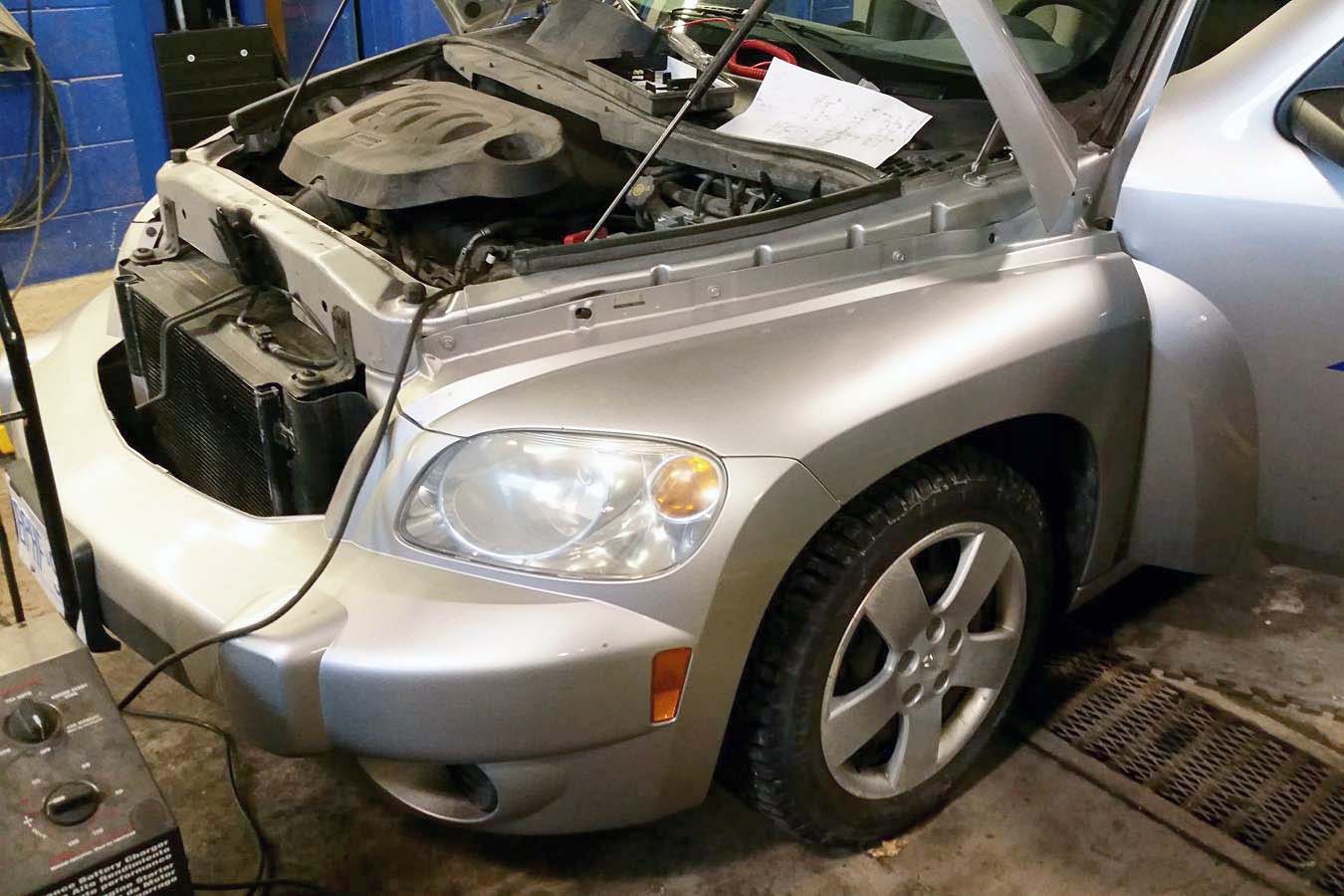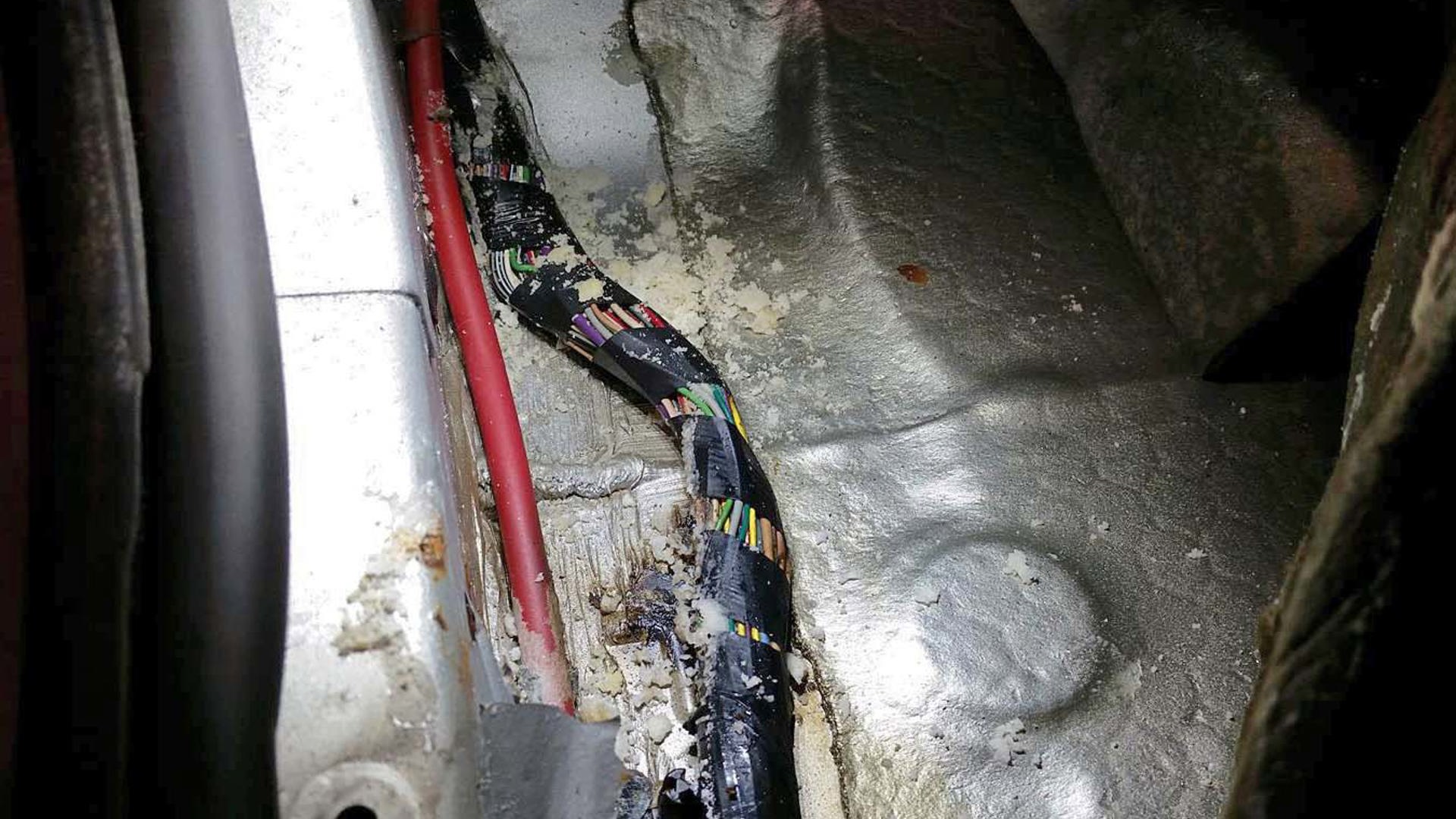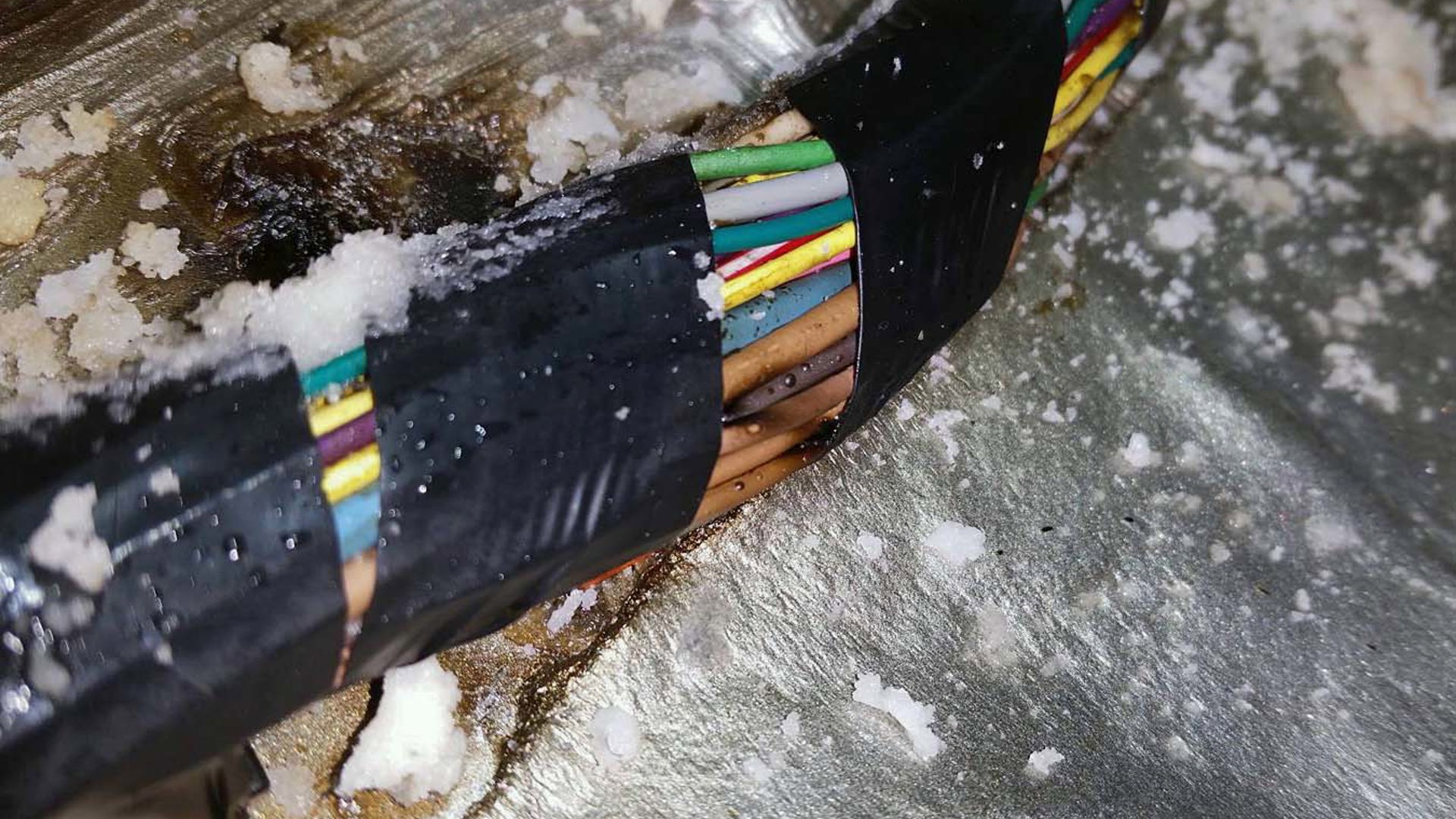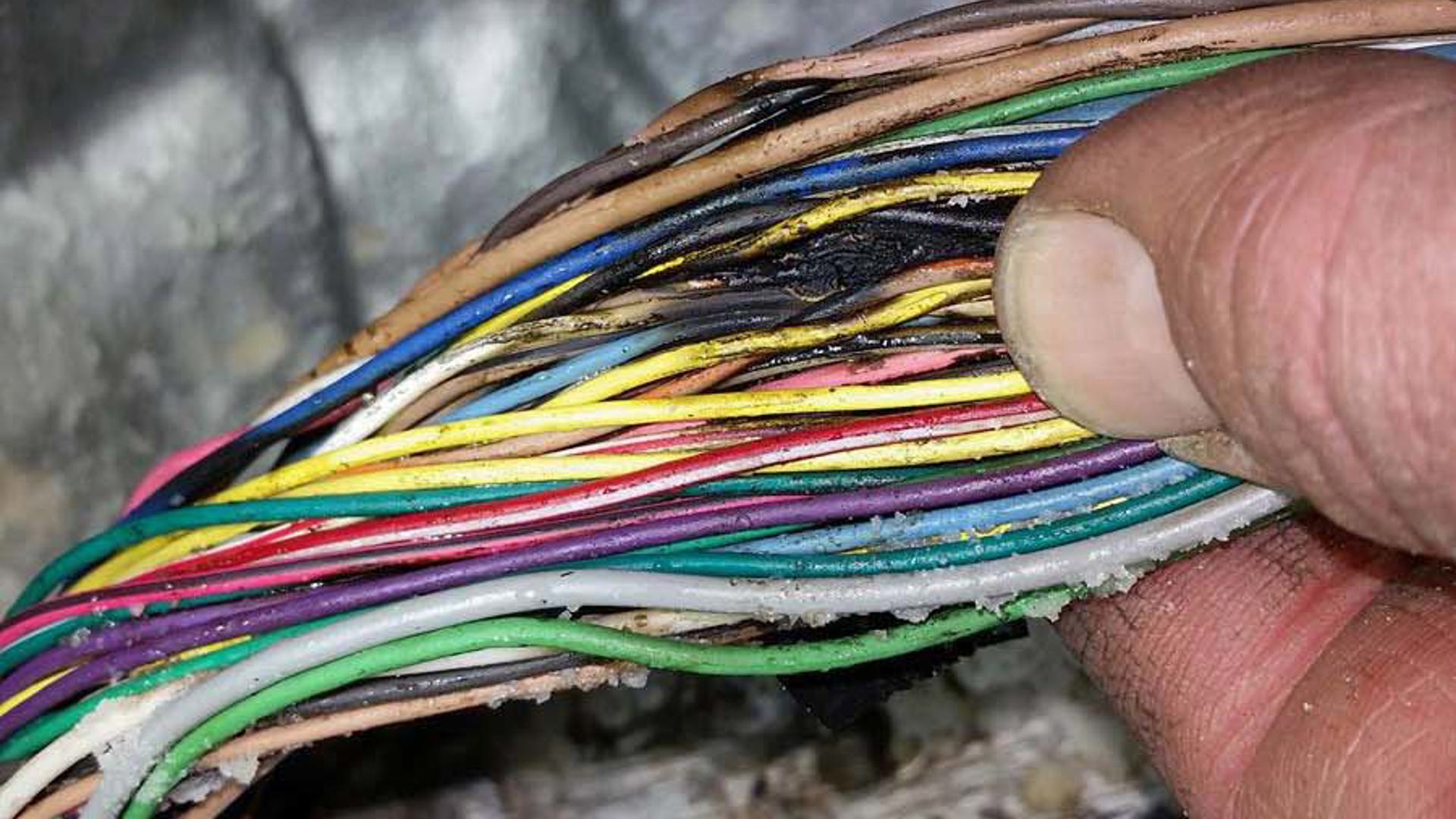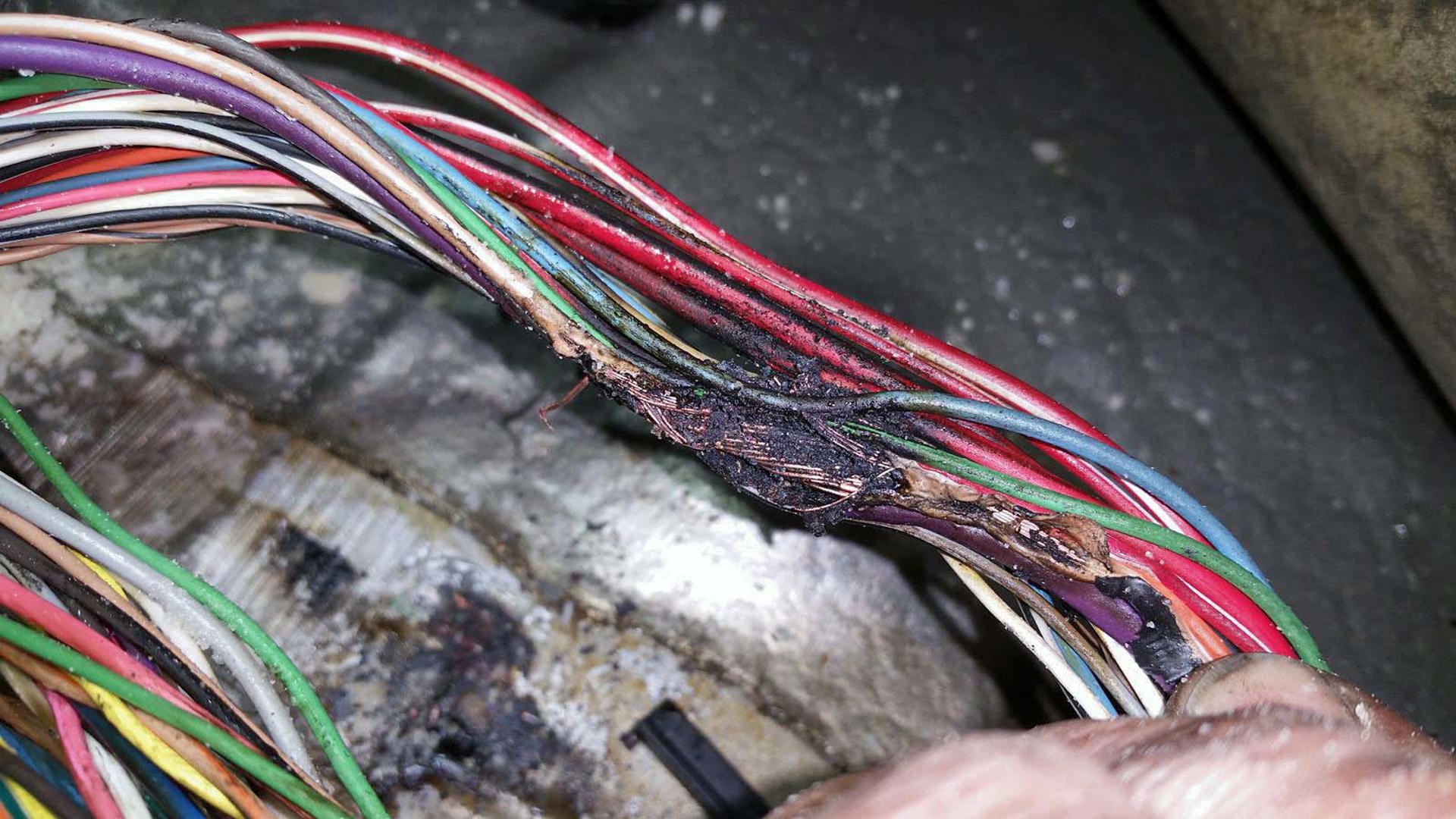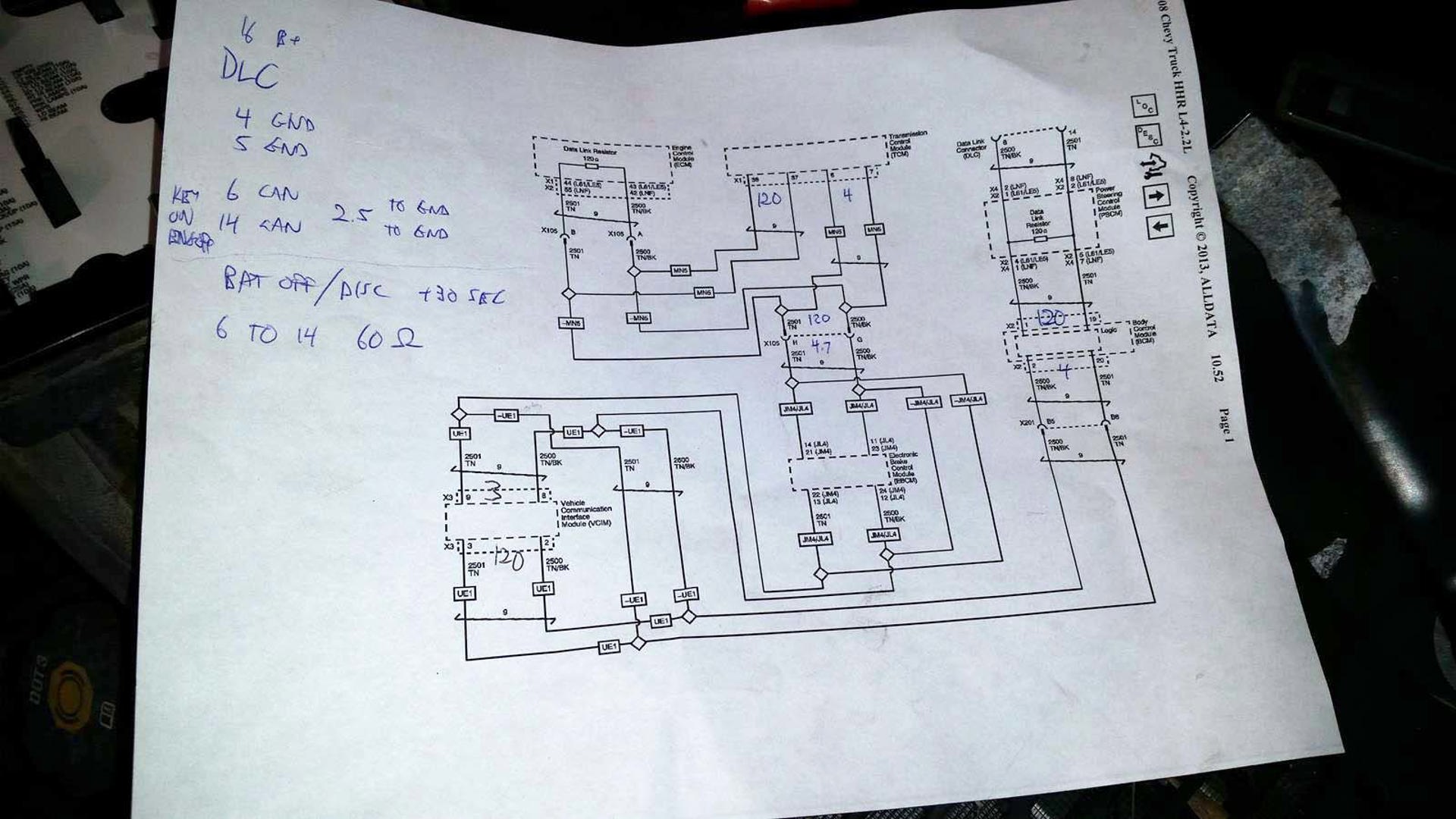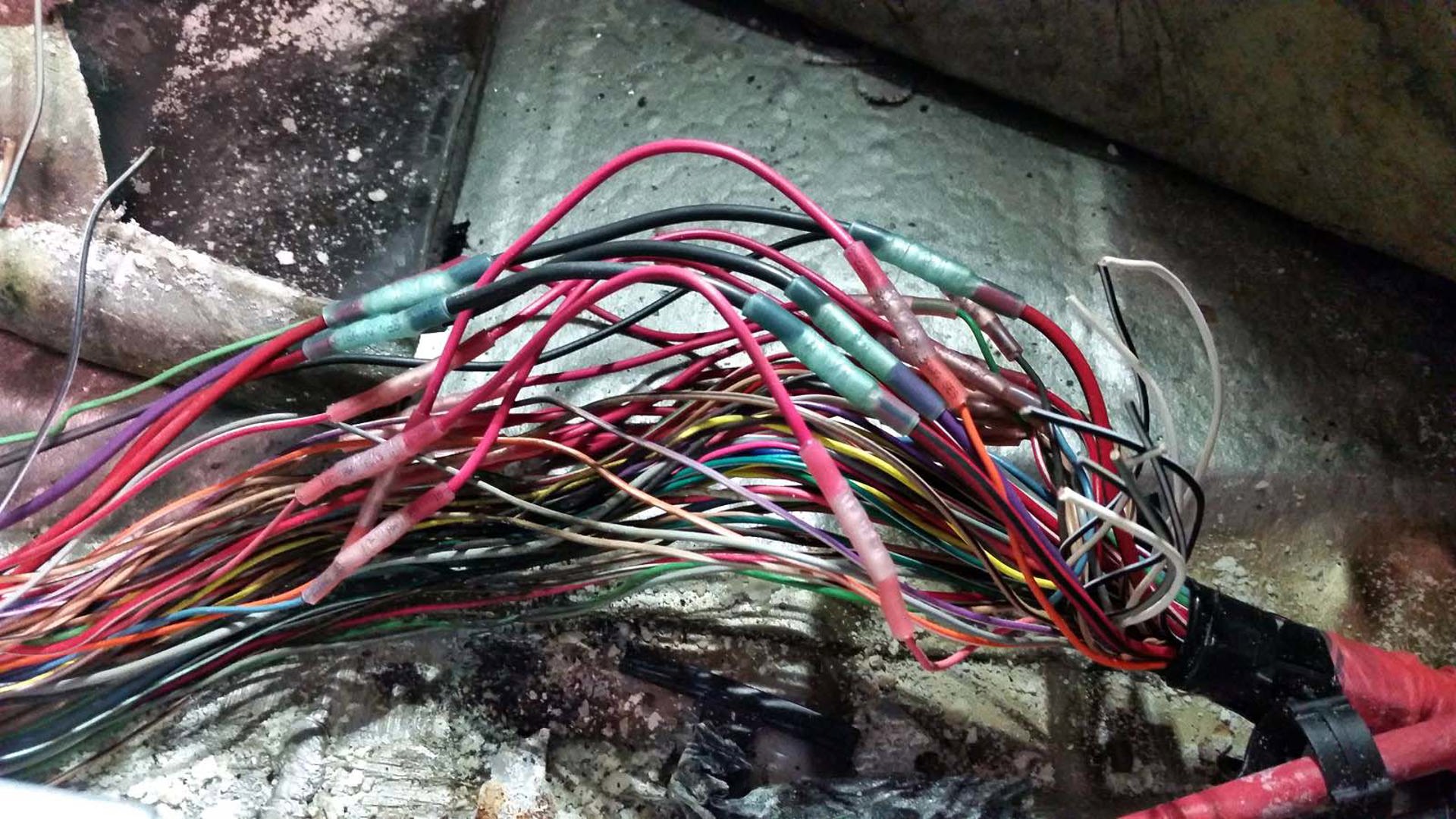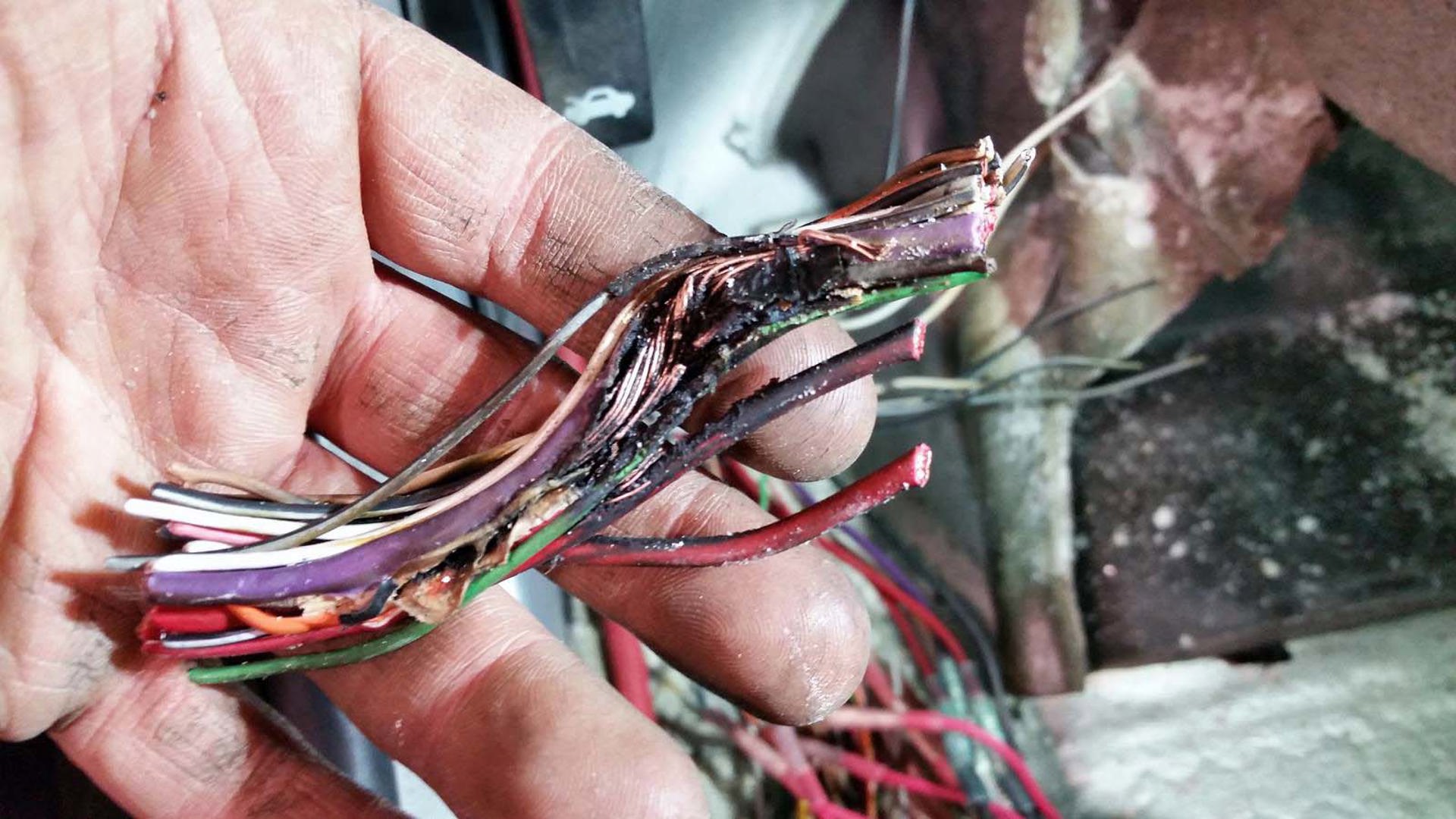Welcome to Goof of the Month! Every month, we ask for stories from our mechanic pals which highlight the need to understand one’s vehicle, how to maintain it, and how it works.
This month’s story comes to us from Brian Early, a mechanic in Oshawa, Ontario, and stresses the importance of staying in tune with your ride at all times. Usually, an unwelcome vibration or noise gets a driver to take their ride to the shop for a check-up, though sometimes, an unwelcome smell can be just as serious.
In this month’s installment, the customer did exactly what they were supposed to do – noticed something strange in regards to a burning smell, and brought the vehicle in to Early’s shop. The outcome, and eventually-discovered source of the smell, was frightening.
The Complaint
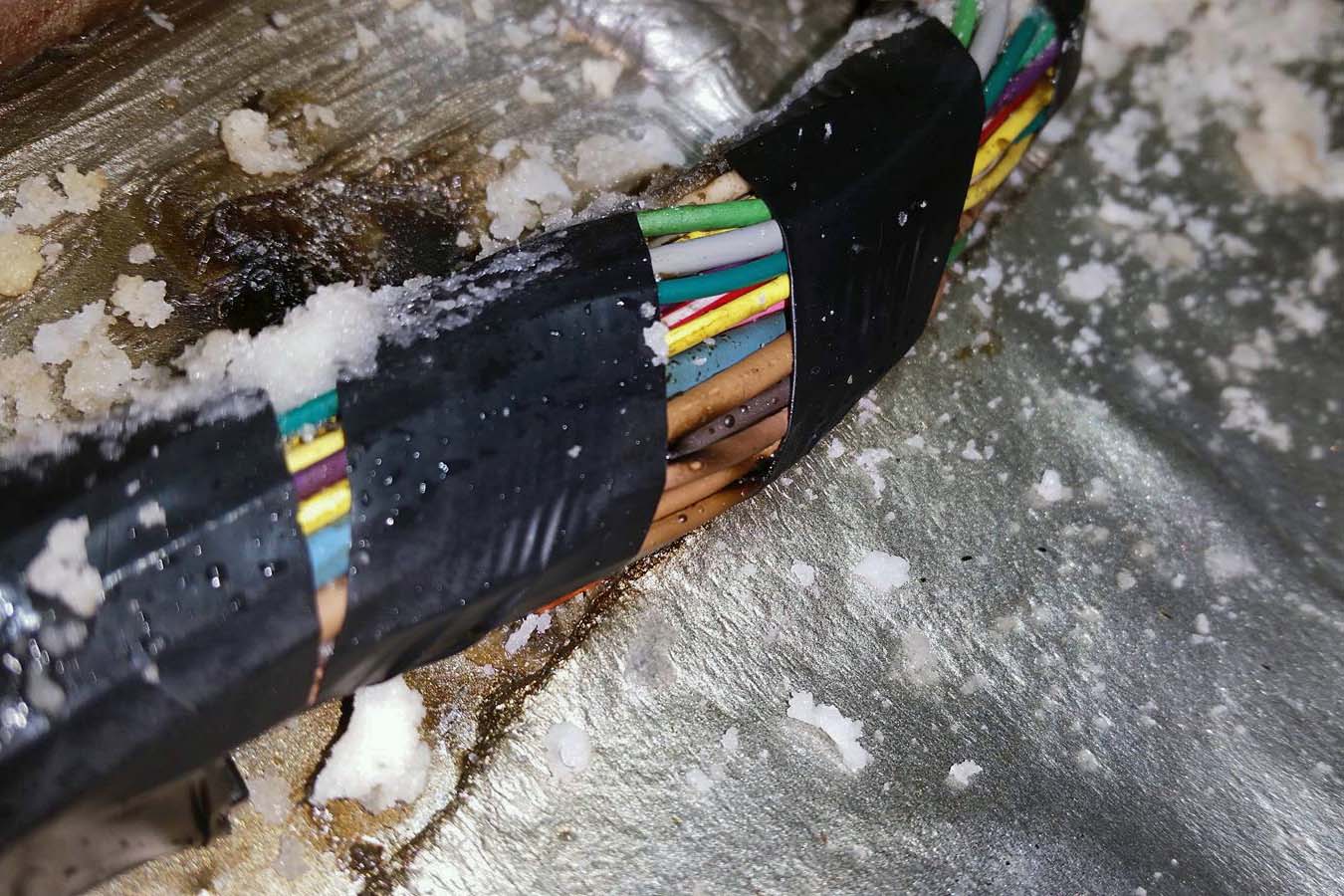
Early reports that a client popped in with a 2008 Chevrolet HHR, which was presently being used as a delivery vehicle. The driver brought it in because he recently noticed an electrical burning odour, and reported that the vehicle would sometimes die and not restart.
Unless you like flashing lights or firemen, an electrical burning smell is a fantastic reason to have your car checked out by a mechanic right away. And while sometimes, the culprit is your passenger, it might also be bad stereo wiring, a bad relay, or even a bad solder on a circuit board, somewhere. Your writer had an old Isuzu which would emit a burning smell whenever I’d signal to the right, while the signal light stayed lit up instead of blinking. The culprit in that case was a bad relay which was simple to fix.
That’s not so much the case with Early’s HHR-driving customer.
The Mechanic
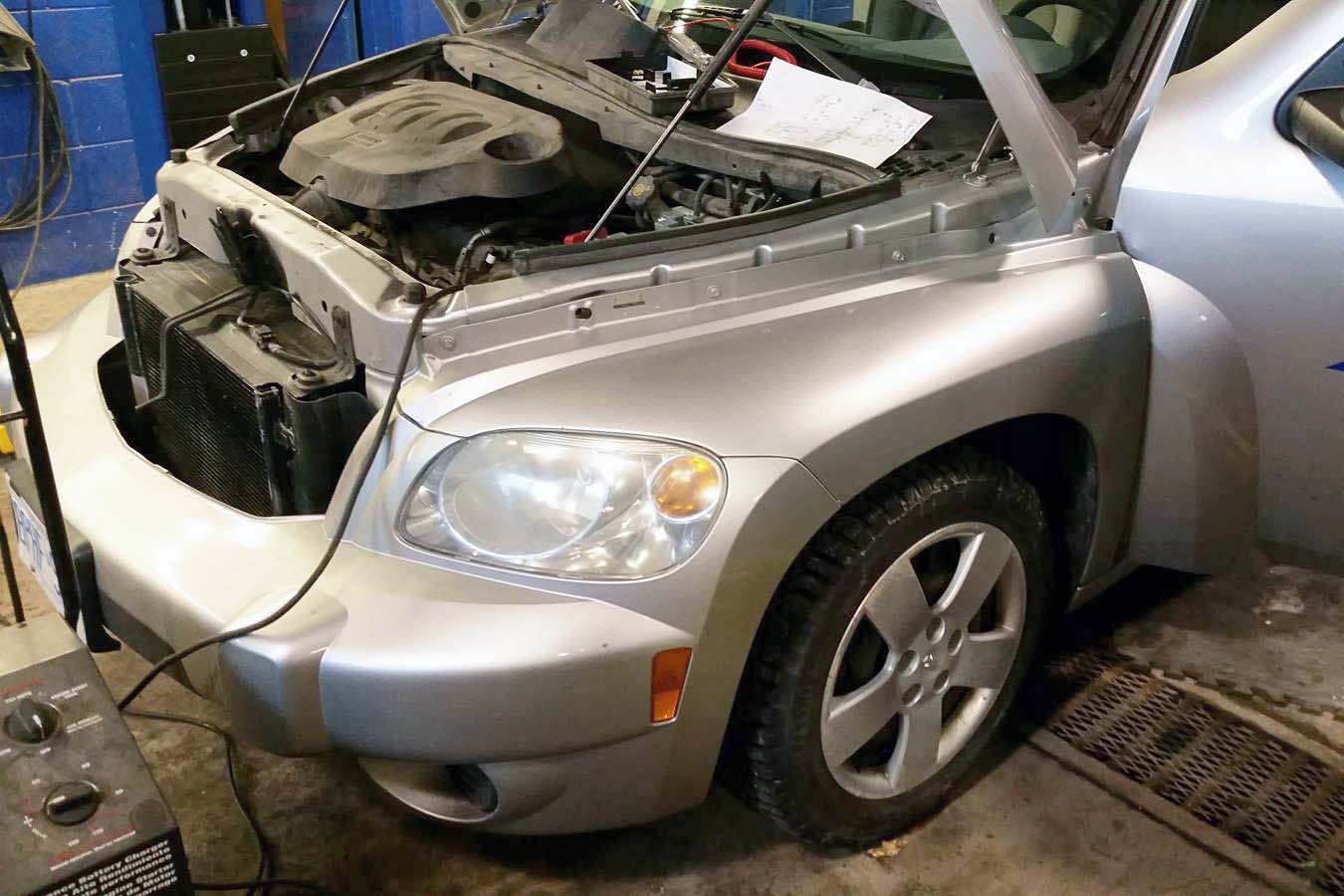
“Checking the HHR out in the lot, I observed that the vehicle would power up, but not crank” explained Early.
“The Check Engine light worked, so I knew that the Engine Control Module (ECM) had power. By jumping the starter relay and spraying fuel into the intake, it could be made to start and run, so I knew that the ECM still worked enough to operate the ignition system, and that the engine was OK. I detected the electrical smell noted by the customer – but the source wasn’t obvious. So, I pushed the vehicle into the shop.”
Early’s next step was to hook up a scan tool, and see if the ECM was receiving a crank signal when the driver tried to start the engine, or whether some malfunction with the anti-theft system might be preventing the engine from running.
Early notes that in an HHR, the ignition switch isn’t directly connected to the starter motor, or the power source, and that engine startup occurs once the request for ignition is validated by several other modules, as part of the anti-theft system.
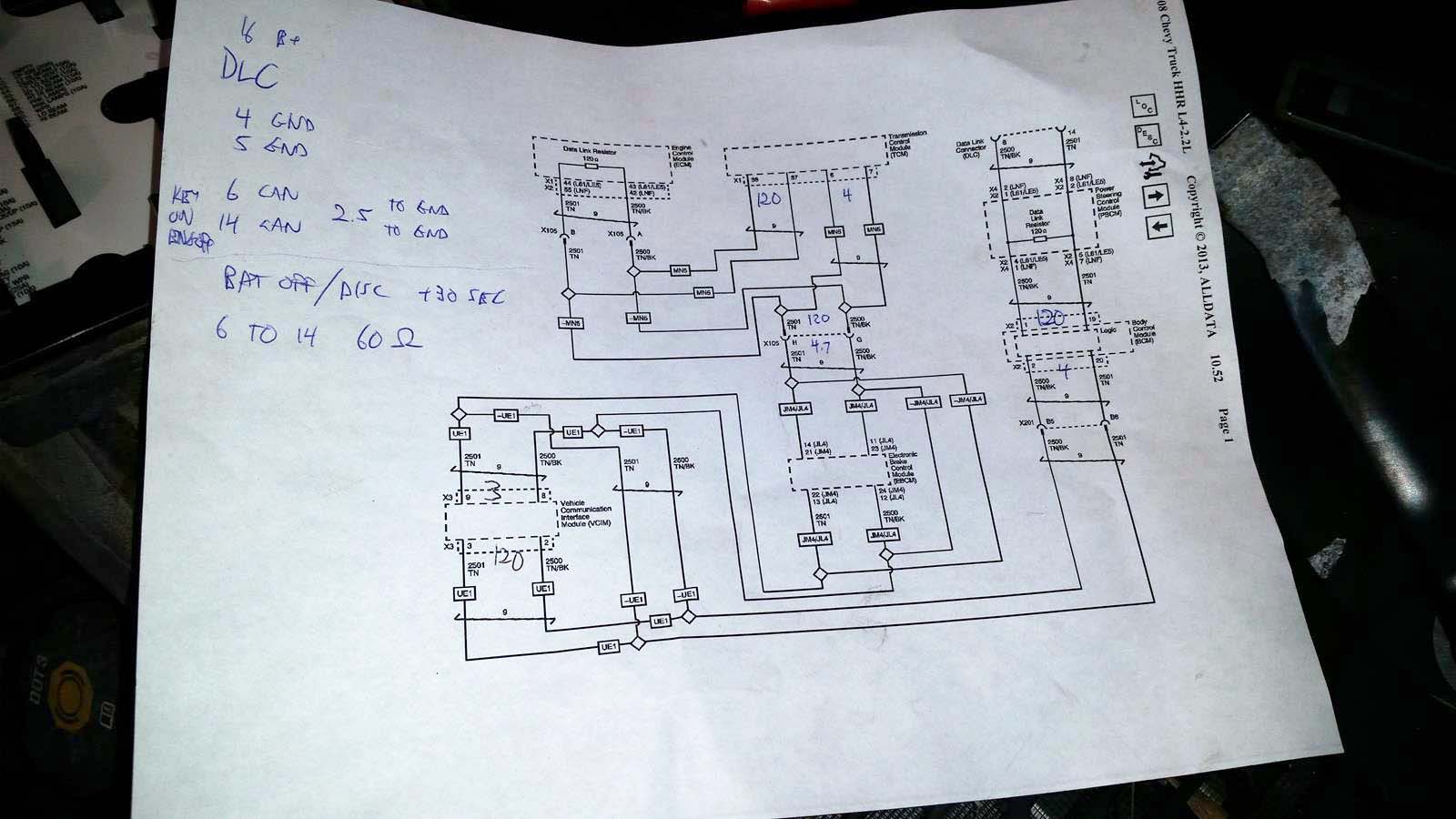
Sound complicated? It is – and backs up the importance of having your vehicle serviced by a trained technician.
Further diagnostics confirmed that the HHR’s two electronic communication networks, namely the low-speed serial data line, and the high-speed CAN bus network, weren’t communicating with one another.
“Our scan tool could communicate with any module that used the serial data network, but the CAN bus network was dead. CAN bus runs important, time-critical data, and links the ECM, transmission control module (TCM), Body Control Module (BCM), electric power steering (EPS), ABS/ESC and OnStar systems. In simple terms, with no CAN bus communication, the BCM could not tell the ECM to crank the starter, or verify a valid theft system password, which is required to start the engine.”
Further involved and complicated diagnosis led Early to discover that the CAN bus network was dead as a result of a short circuit, either to ground, or to itself. Then, another round of diagnostics led Early towards the location of the short – somewhere in the wiring harness between the engine harness connector and body harness connector.
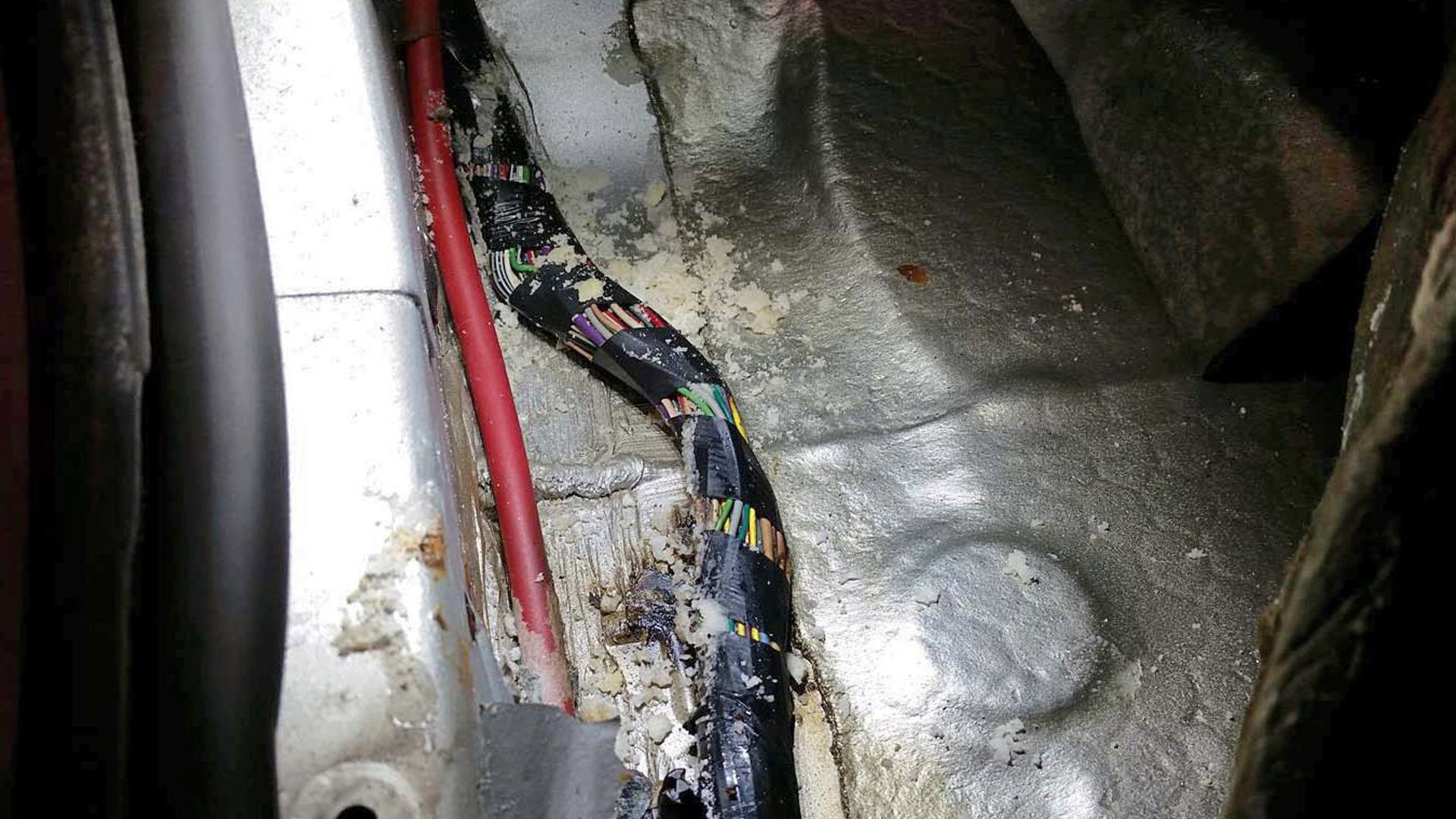
“This is when I started pulling up carpet, in the driver footwell area, to access this section of the HHR’s wiring. The cause of the smell was then obvious: a salt-soaked body harness and char marks on the floor pan were clearly visible.”
The char marks, and burning smell, were key signs of an electrical short. With enough heat to melt several wires together and char the metal floor-pan, as well as the fact that this short occurred beneath a layer of carpeting, there was a very real fire risk. The owner is lucky he brought the vehicle in straight away.
“That the carpet was soaking wet may have prevented it from becoming a larger problem,” Early says. “Had it shorted a few inches either way along in the harness, where the bundle and main power wire run together, it could have melted the insulation on that wire, which is not fused – that would have had enough energy behind it to get really interesting.
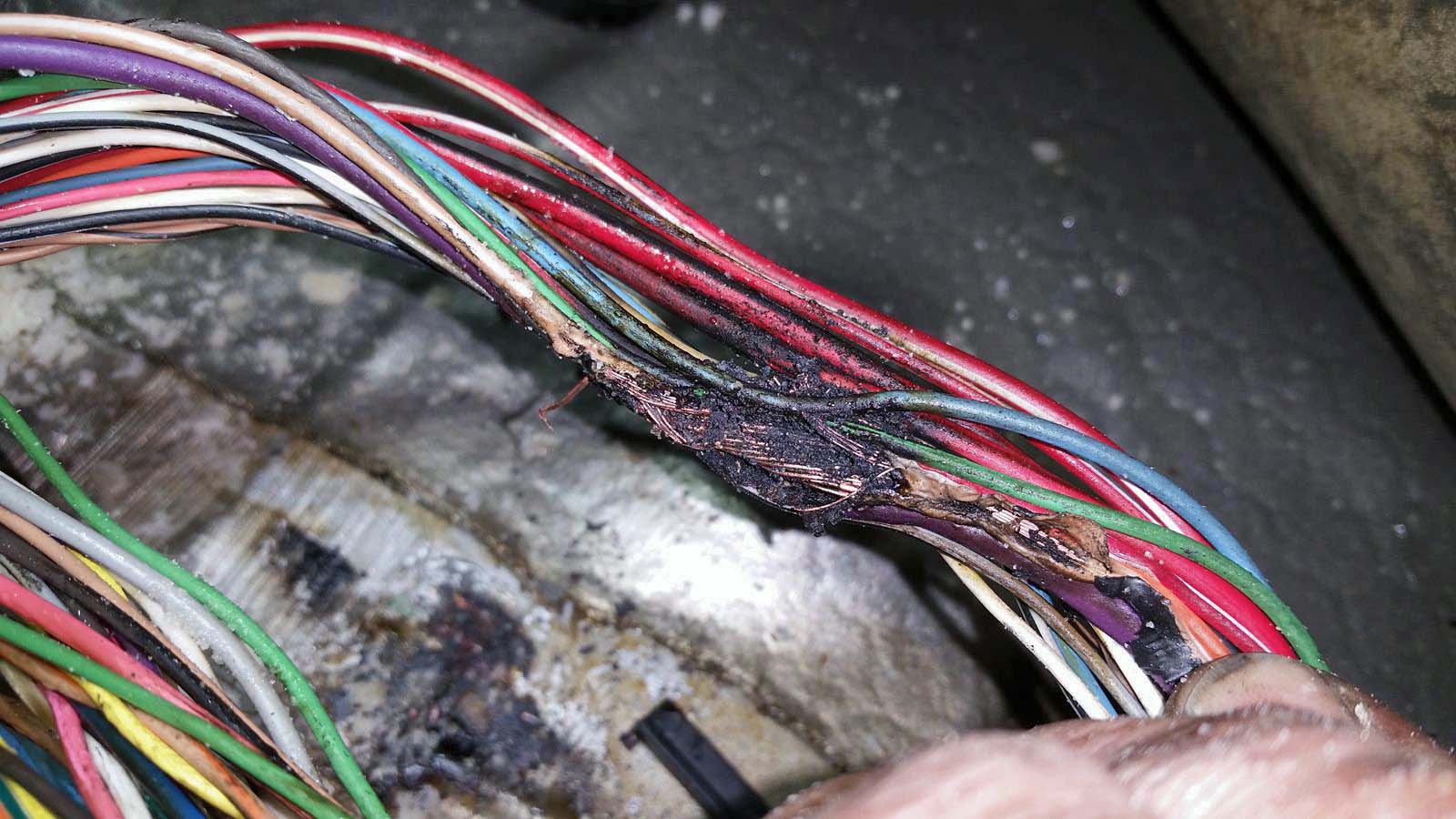
“There are several large power conductors in this bundle, which connects the front and rear of the vehicle. There’s also a fairly sizeable wire for the rear defroster. The insulation on one of these large wires must have been nicked during production, or just had a thin spot, and got unhappy being soaked in saline solution. I’m suspecting that the rear defroster wire was the culprit, but there’s no way to know for certain.”
The Outcome
After dissecting the melted, charred bundle of wires, Early discovered damage to 17 of the wires in the harness, several of which had melted together. This included the wires for the tailgate release, fuel pump, and more. Amazingly, and luckily for the customer’s repair bill, the massive electrical short didn’t damage any of the connected modules.
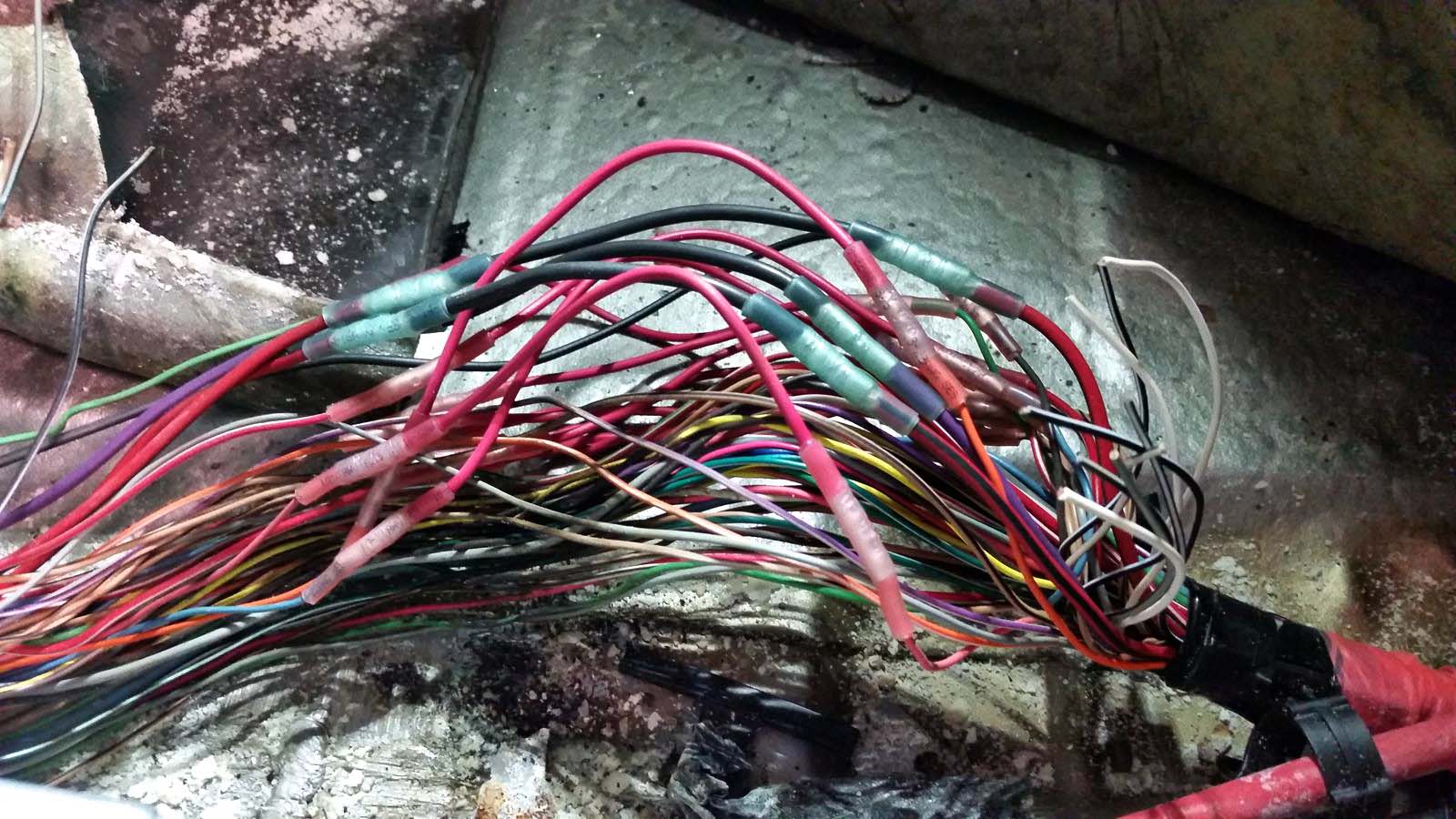
The repair was involved – Early had to remove, replace and reconnect over a dozen segments of wiring and burnt fuses. Once the repair was complete, the HHR fired right up. A long-malfunctioning electronic tailgate release began working again, too.
Lesson Learned
Being aware of, and addressing unwelcome sounds, sensations, and even smells in your ride can prevent headaches or worse – and in this case, may have prevented the driver from being involved in a car fire. Though it’s unclear how serious a role the corrosion and salt played in this case, the damaging effects of saline solution accumulating beneath vehicle carpeting makes a good case for some quality, form-fitting winter floor-mats, too.
